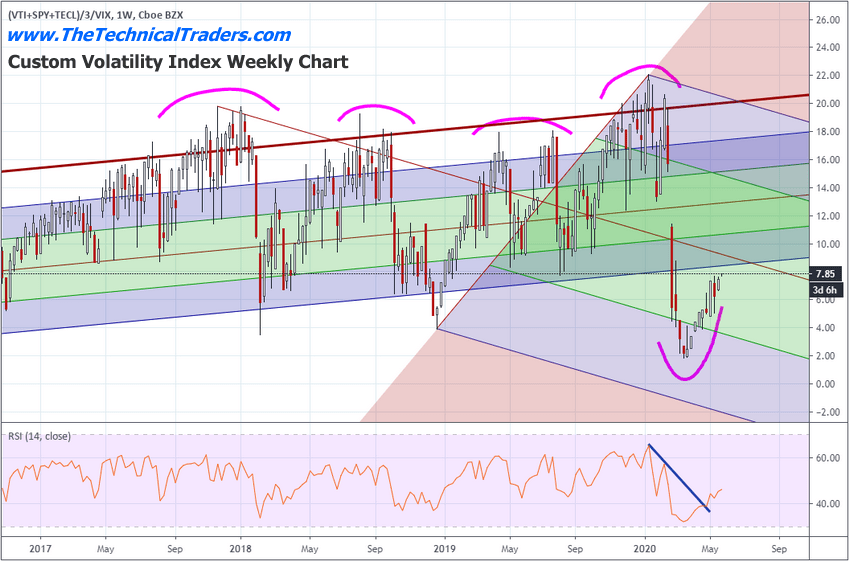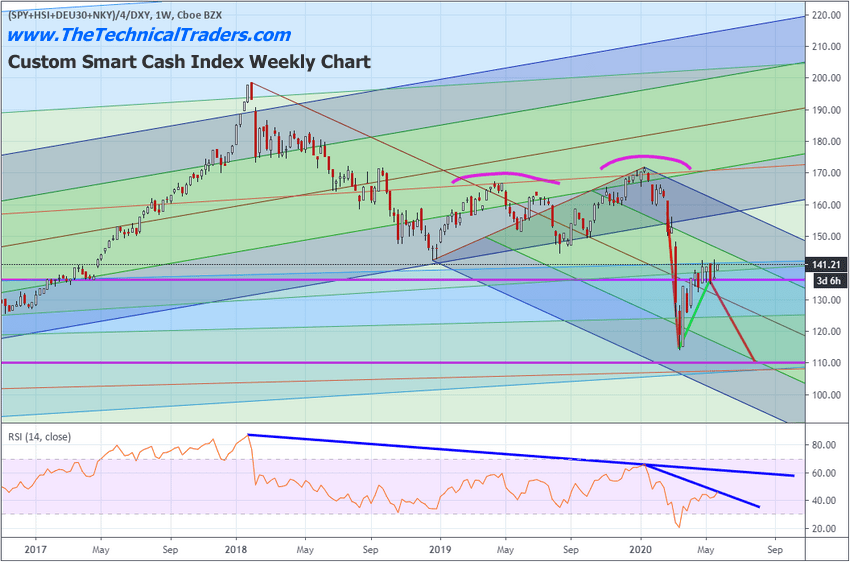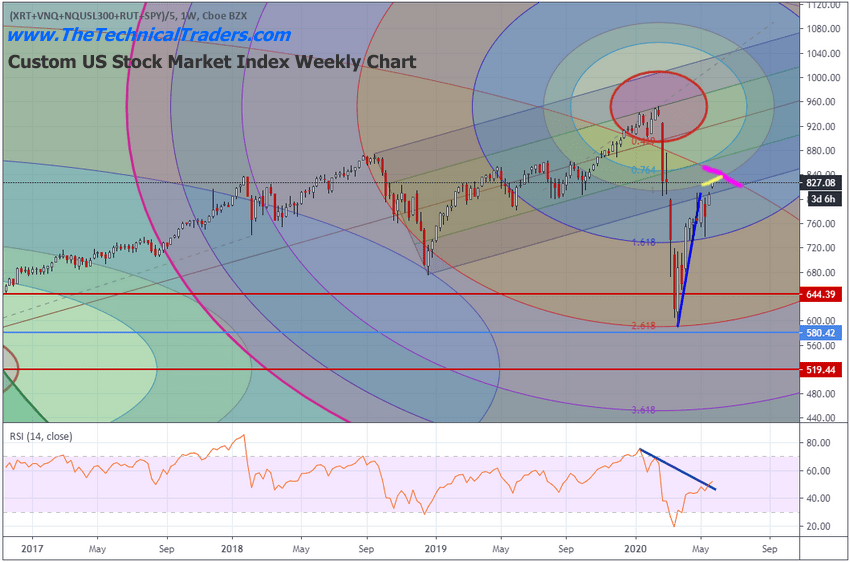by JustForex
The EUR/USD currency pair
- Prev Open: 1.08954
- Open: 1.09814
- % chg. over the last day: +0.75
- Day’s range: 1.09512 – 1.09850
- 52 wk range: 1.0777 – 1.1494
During yesterday’s trading session, the greenback weakened significantly against its main competitors. The growth of EUR/USD quotes has exceeded 85 points. Demand for risky assets is still high amid the gradual lifting of restrictions around the world. Additional support is provided by the hope of creating a vaccine against the COVID-19 virus. At the moment, EUR/USD quotes are consolidating in the range of 1.0940-1.0975. Today, financial market participants will assess the Fed’s “Beige Book”, which will show the economic condition of 12 federal districts in a crisis caused by the coronavirus pandemic. We recommend opening positions from key levels.
At 21:00 (GMT+3:00), the Fed’s “Beige Book” will be published.
We also recommend paying attention to the speech by the head of the ECB.

Indicators signal the power of buyers: the price has fixed above 50 MA and 100 MA.
The MACD histogram is in the positive zone, but below the signal line, which gives a weak signal to buy EUR/USD.
Stochastic Oscillator has started exiting the oversold zone, the %K line is above the %D line, which indicates the bullish sentiment.
- Support levels: 1.0940, 1.0915, 1.0870
- Resistance levels: 1.0975, 1.1000, 1.1030
If the price fixes above 1.0975, further growth of EUR/USD quotes is expected. The movement is tending to 1.1020-1.1040.
An alternative could be a decrease in the EUR/USD currency pair to 1.0915-1.0880.
The GBP/USD currency pair
- Prev Open: 1.21825
- Open: 1.23337
- % chg. over the last day: +1.18
- Day’s range: 1.22898 – 1.23390
- 52 wk range: 1.1466 – 1.3516
The British pound has strengthened significantly against the US currency. Yesterday, the growth of GBP/USD quotes exceeded 150 points. The trading instrument has reached two-week highs. The demand for risky assets remains high. Currently, the GBP/USD currency pair is consolidating. The local support and resistance levels are 1.2280 and 1.2325, respectively. The British pound has the potential for further growth. We expect the Fed’s “Beige Book”. We recommend opening positions from key levels.
The news feed on the UK economy is calm.

Indicators signal the power of buyers: the price has fixed above 50 MA and 100 MA.
The MACD histogram is in the positive zone, but below the signal line, which gives a weak signal to buy GBP/USD.
Stochastic Oscillator is in the neutral zone, the %K line has crossed the %D line. There are no signals at the moment.
- Support levels: 1.2280, 1.2235, 1.2190
- Resistance levels: 1.2325, 1.2360
If the price fixes above 1.2325, further growth of GBP/USD quotes is expected. The movement is tending to 1.2360-1.2400.
An alternative could be a decrease in the GBP/USD currency pair to 1.2240-1.2220.
The USD/CAD currency pair
- Prev Open: 1.39773
- Open: 1.37758
- % chg. over the last day: -1.48
- Day’s range: 1.37588 – 1.38052
- 52 wk range: 1.2949 – 1.4668
There are aggressive sales on the USD/CAD currency pair. Yesterday, the loonie added over 200 points against the US dollar. The trading instrument has overcome and fixed below the key extremes. At the moment, USD/CAD quotes are consolidating in the range of 1.3755-1.3810. The Canadian dollar has the potential for further growth relative to the greenback. We recommend paying attention to the dynamics of “black gold” prices, as well as the news feed on the US economy. Positions should be opened from key levels.

Indicators signal the power of sellers: the price has fixed below 50 MA and 100 MA.
The MACD histogram is in the negative zone, indicating the bearish sentiment.
Stochastic Oscillator is in the neutral zone, the %K line has crossed the %D line. There are no signals at the moment.
- Support levels: 1.3755, 1.3700
- Resistance levels: 1.3810, 1.3870, 1.3900
If the price fixes below 1.3755, a further drop in USD/CAD quotes is expected. The movement is tending to 1.3700-1.3680.
An alternative could be the growth of the USD/CAD currency pair to 1.3850-1.3880.
The USD/JPY currency pair
- Prev Open: 107.664
- Open: 107.563
- % chg. over the last day: -0.15
- Day’s range: 107.363 – 107.616
- 52 wk range: 101.19 – 112.41
USD/JPY quotes are consolidating. The technical pattern is ambiguous. At the moment, the local support and resistance levels are 107.40 and 107.65, respectively. Financial market participants expect additional drivers. Today, the Fed’s “Beige Book” is in the spotlight. We also recommend paying attention to the dynamics of US government bonds yield. Positions should be opened from key levels.
The news feed on Japan’s economy is calm.

Indicators do not give accurate signals: the price has crossed 100 MA.
The MACD histogram is in the negative zone, indicating the bearish sentiment.
Stochastic Oscillator is in the neutral zone, the %K line is above the %D line, which gives a signal to buy USD/JPY.
- Support levels: 107.40, 107.10, 106.85
- Resistance levels: 107.65, 107.90, 108.95
If the price fixes below 107.40, USD/JPY quotes are expected to fall. The movement is tending to the round level of 107.00.
An alternative could be the growth of the USD/JPY currency pair to 107.90-108.10.
by JustForex






